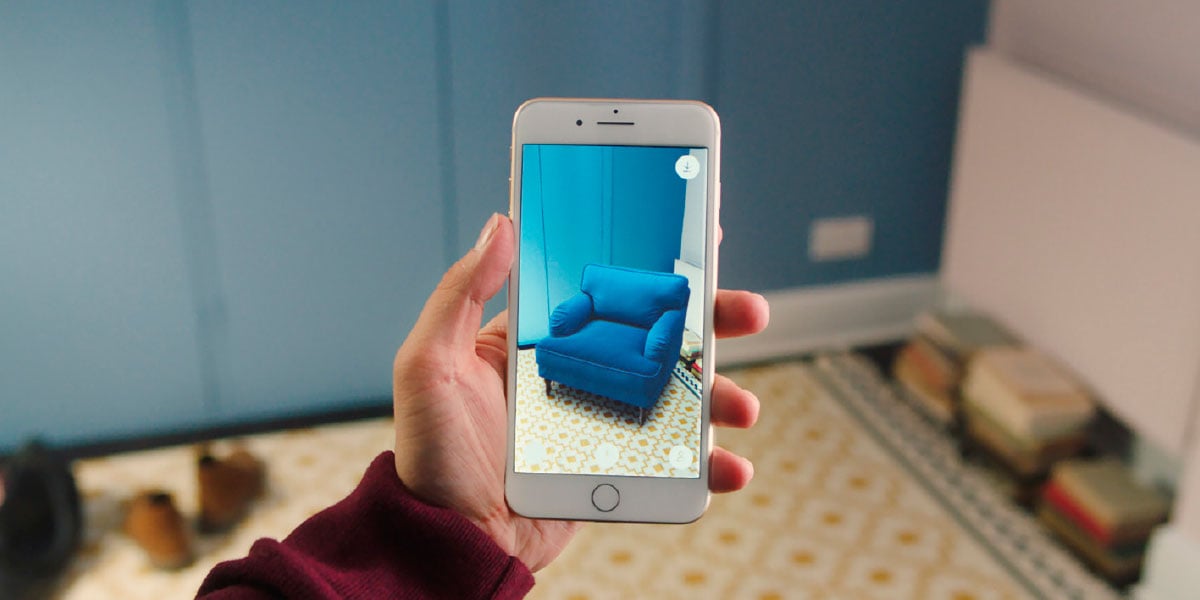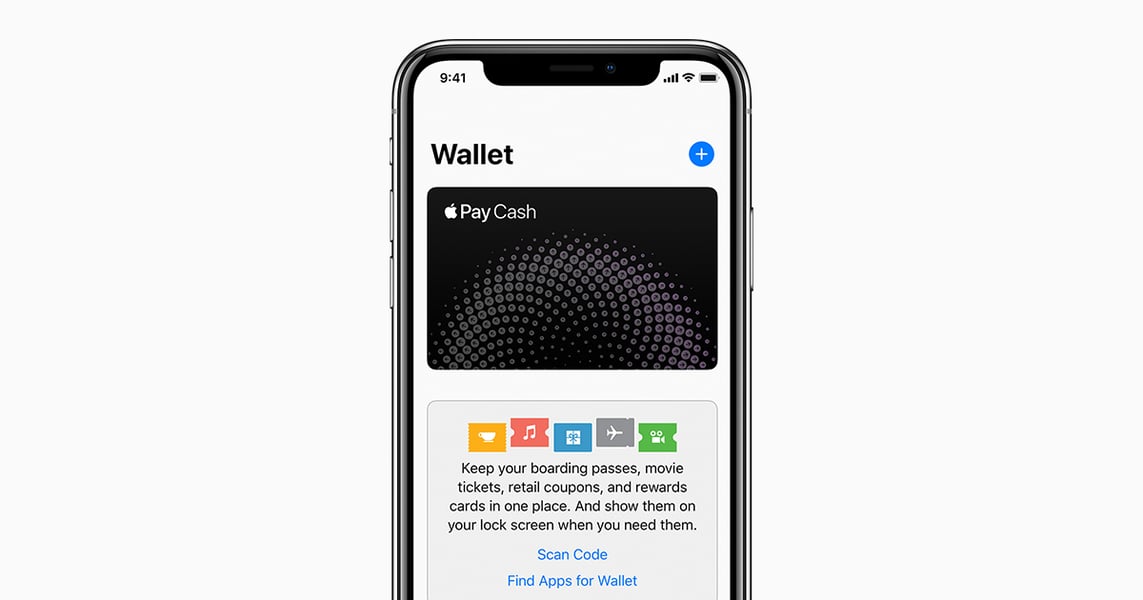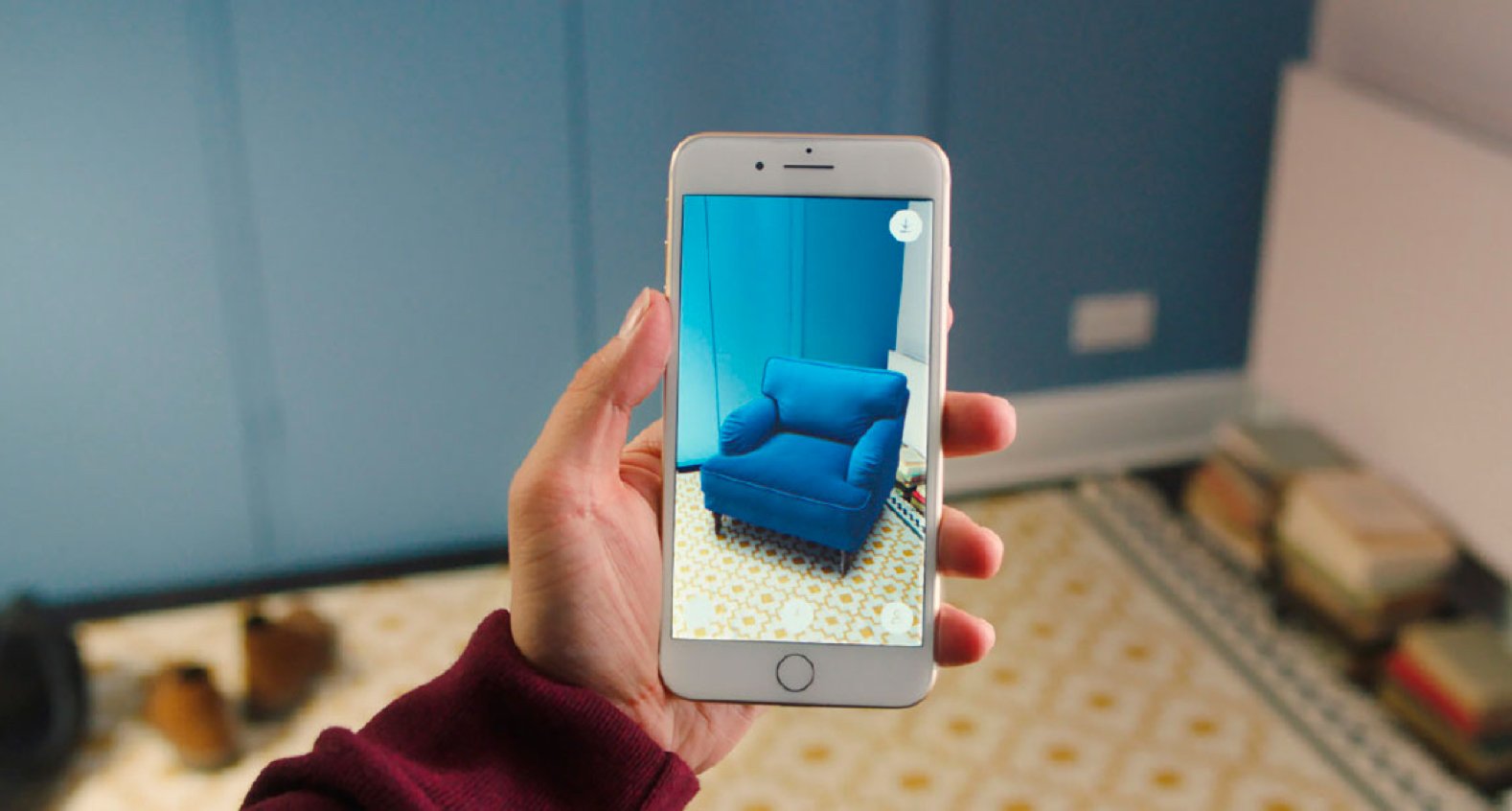Mobile commerce (m-commerce) has seen a meteoric rise in popularity recently, with an increasing number of consumers reaching for their smartphones when looking to shop online.
Since m-commerce is predicted to overtake eCommerce in the coming years, e-retailers must take note of some of the shifts they are likely to encounter through 2020 and beyond.
1. Intelligent Site-Search
Site-search has been an indispensable part of eCommerce websites for a long time now, but it plays an even more vital role in m-commerce.
Navigating through thousands of products on mobile isn't as easy as it is on desktop – there's only so much you can fit on a 5 inch screen – which is why users tend to reach for the search bar when shopping on mobile sites. It's crucial that your site-search experience is smart enough to deliver perfectly matched results, fast.

Investing in your mobile site-search experience doesn't just make browsing easier for your customers, it also improves your bottom line.
Econsultancy reports that those who use site-search are almost twice as likely to follow through with their purchases.
Meanwhile, Wolfgang Digital’s 2019 KPI report found that 53% of traffic to online stores comes via mobile devices, but accounts for just 32% of revenue, highlighting the opportunity for improvement available. Offering the capability to improve revenue and user-experience, adopting intelligent site-search for your m-commerce channel has fast become a necessary addition.
2. Say Hello to Chatbots
The most common use of smartphones is, unsurprisingly, communication. From Facebook Messenger and Instagram Chat, to WhatsApp and Telegram, people rely on apps to stay in touch with their friends, families, and workmates every day.
It's no wonder that businesses have realised the potential of communicating with their customers via these services. Brands like H&M, Nike, and eBay, have developed AI-based chatbots that can talk to customers in the same natural way as their friends do.

This is an excellent way of building brand loyalty, but it's also super useful for their customers. They can keep track of their orders, ask for recommendations, and contact customer services, all from one place.
If your committed to making the most of m-commerce, consider the ways your e-store could make use of these messaging apps. With over a billion users, your company should be reachable via Facebook Messenger at the very least.
3. Social Commerce
The number of social media users worldwide is expected to reach 2.96 billion in 2020. And according to eMarketer, 53.1% of those users will be mobile only by 2020 - rapidly rising to 54.2% in 2021.
You need to prepare for a growing influx of users finding your products (and your website!) via social media, and most importantly, through mobile platforms. Whether it's through a link sent by a friend on Facebook, a link on Instagram, or your on-feed advertisements, mobile consumers expect minimal friction, and want 100% relevant content that can be quickly consumed.

4. Augmented Reality
Augmented reality (AR) is a technology that uses smartphone cameras to transpose digital content into the real world. While this sounds like something ripped straight from a science fiction novel, the technology works and is being harnessed by brands in ways that seemed impossible just a few years ago.
Swedish furniture company, IKEA, allows its customers to visualise how furniture will look in their homes, sizing products to scale before providing the choice to buy through their innovative 'Place' app.

Similarly, glasses e-retailer, Eyerim, lets its customers try on their new favourite specs from the comfort of their own home with its 'virtual mirror' feature. Try it out here.
The benefits of AR for e-retailers are numerous. First and foremost, it gives your customers a chance to spend time with your products just as they would in a brick-and-mortar store. This means they'll feel more comfortable parting with their cash as they can be confident that the product you're offering is exactly what they're looking for.
Although AR is definitely still a way off being ubiquitous, e-retailers that start thinking about how they might use the technology down the road now will reap the rewards of doing so in the future.
5. Instant Checkouts
The number of consumers using payment apps like Apple Pay, Google Pay, and PayPal has risen considerably recently as people have grown comfortable with the idea of making mobile payments.

A growing m-commerce trend is e-retailers allowing customers to checkout using one of these handy payment apps. We all know how annoying it is when you want to buy something, but have to go looking for your wallet to re-enter your card numbers for the umpteenth time. This aggravation could mean the difference between making a sale and losing a customer.
To future proof your m-commerce site and make your customers' journeys easier, consider implementing Apple Pay and Google Pay into your checkout process.
6. Speedy Loading Times for Mobile
A study by Google found that 53% of mobile users will abandon a site that takes more than 3 seconds to load. Let that sink in a bit. You could be losing over half of potential customers if your website isn't built to be mobile-friendly, and more so, lose them to competitors whose websites are.
Considering super-fast innovations such as 5G are becoming a fully-fledged and highly-desired by consumers in 2020, businesses can't afford to ignore that modern day shoppers want eCommerce experiences to match.

If your potential customer has a mobile connection that works at lightening speed, but your website is super-slow on mobile, you've created a barrier to purchase. E-tailers should ensure consumers can explore a website, find the products they need, and make purchases easily, all using a mobile device.
Summary
The figures speak for themselves. Global m-commerce revenue totalled $96B in 2015, but is expected to capture 49% of all online retail sales by 2020. That's nearly half of total online retail sales, highlighting why businesses can no longer afford to ignore the quality of their m-commerce offering.
It's clear to see that the future of eCommerce is on mobile. When e-retail sites are designed with mobile in mind, m-commerce makes shopping fast and easy for customers while proving hugely lucrative for your business.
The question is, has your website been designed to be mobile-friendly? Or, will users be greeted with a slow interface and hard to find products? Find out exactly how to improve user experience on both mobile and desktop using our free mobile UX design guide today.



